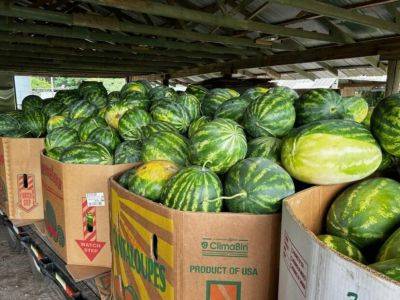Zack Snipes
SC Fruit and Vegetable Field Report- July 5, 2022
24.07.2023 - 11:59 / hgic.clemson.edu
Rob Last reports, “Disease pressure is likely to continue to increase given the recent welcome rainfall. Gummy stem blight can be found in cucurbit fields along with downy mildew in cucumbers and watermelons. Maintain vigilance and regular applications to manage these diseases. Tomatoes, peppers, and eggplant all look good, with evidence of sunscald in most crops. Again, bacterial spot and fungal diseases are likely to increase in these crops too.”
Zack Snipes reports, “We finally got some rain. Our weather stations collected 4 inches in Beaufort County, 5.5 inches in Charleston, and 11 inches on John’s Island. While this certainly helps refill our ponds, some of our fields are holding water and are currently unworkable and unpickable. We are in the thick of things regarding harvest, but that should wind down here very shortly. Before the rain, I saw incredibly high numbers of spider mites in all crops (tomato, watermelon, cukes, blackberry). The rain should slow them down. I am also finding very high levels of bacterial wilt AND southern blight in our tomato crop. This past week I found bacterial wilt and Southern blight on the same tomato plant. Make sure you correctly identify the pathogen or pathogens causing your plants to die. I can almost promise you if we don’t take preventative measures, the problem will be much worse next season.”
Justin Ballew reports, “We finally got some good rain last week. We had multiple rain events that totaled between 2 and 3.5 inches, depending on location. It has been fairly humid since the rain started, and diseases are already taking advantage of it. Cucurbit downy mildew finally showed up last week on cucumbers. I’m also seeing powdery mildew on cucurbits, black rot and Alternaria

SC Fruit and Vegetable Field Report January 18, 2022
Rob Last reports, “In our area, crops are developing well with few pest or disease issues currently. Some brassicas are displaying a reddening to the older leaves associated with reduced phosphorous uptake. Phosphorous uptake can be reduced in cold temperatures but will recover when we see some warmer temperatures. There is no response to an additional application. Where strawberries are flowering or have fruit, it is advisable to remove those to minimize sources of Botrytis gray mold for later in the year.”
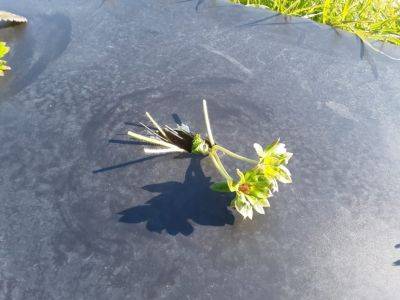
SC Fruit and Vegetable Field Report – January 31, 2022
Rob Last reports, “Pest and disease issues in the area remain very low; however, as temperatures rise, we expect activity to increase. Although it is quiet, it is still essential to continue to scout. Assessment of crops indicates that we have escaped the worst of any chill injury or loss of plants. Pruning of fruit crops continues while dormancy holds and labor begins to return to the area.”
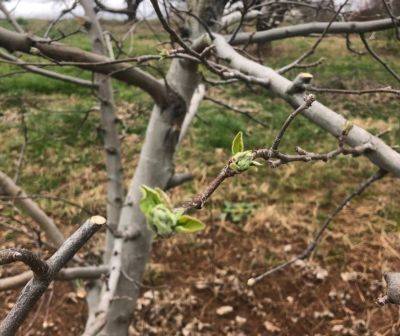
SC Fruit and Vegetable Field Report- March 14, 2022
Dr. Matt Cutulle reports, “I saw my first nutsedge plants this year pop up in the plastic mulch of a fellow researcher’s trial last week in Charleston. Soil temperatures in plastic mulch systems are going to be higher, which may lead to earlier sprouting of yellow nutsedge tubers. New tubers begin forming four to six weeks after a new shoot emerges. Individual nutsedge plants may eventually form patches 10 feet or more in diameter, thus it is important to practice field sanitation once an infestation is recognized.”
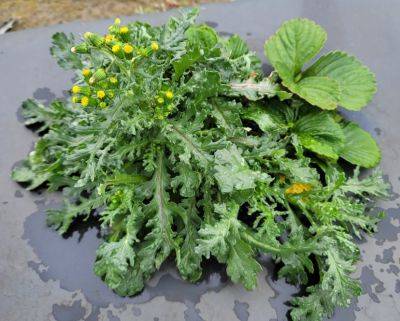
SC Fruit and Vegetable Field Report – February 7, 2022
Zack Snipes reports, “Now is the time for Lowcountry strawberry growers to give their plants the first shot of boron. Boron helps with both flower and fruit development. Growers can spray boron or inject it via the drip system. Boron deficiency will show up in your fruit if you skip out on the application. Now is the time to get it out because plants will be pushing blooms soon, and they need the boron available to make nice, pretty flowers and fruit. A boron application takes only a few minutes and literally a few dollars but can keep you from throwing away thousands of misshapen or “bullnose” berries. NOTE: Boron is a great herbicide if overapplied, so make sure you put out the right amount by using the information from the picture below. We only need to put out a tiny amount, but that tiny amount makes a big difference.”
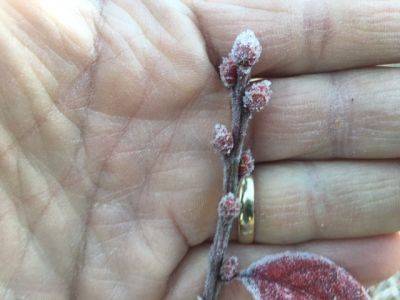
SC Fruit and Vegetable Field Report February 14, 2022
Rob Last reports, “Strawberries in the area look good, with some new leaf development emerging from the crown. Boron applications are being applied, either as a foliar application or through the drip system. Remember, we are looking to apply 1/8 lb. of boron per acre. Over application of boron can be phytotoxic and detrimental to the plants. Plans are also being made to begin fertigation applications later this month to aim for the first pick in early April. The initial target is to apply 5.25 lbs. N per acre. After the first application, a tissue test should be taken to refine fertility recommendations further. Please also remember we have the drip fertigation calculator to make the calculations more straightforward. Brassica transplants are going in the ground this week and are looking good. The pruning of peaches and perennial fruit is pretty much complete, and we await the arrival of spring.”
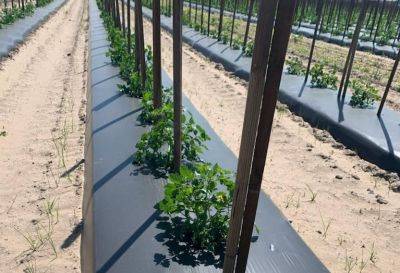
SC Fruit and Vegetable Field Report – April 18, 2022
Zack Snipes reports, “It has been a very windy spring. The winds are drying out our soils and beating up plants. I have looked at some tomatoes, and the ones that aren’t tied are wind-whipped, and the ones that are tied have callus tissue forming where the string is touching them. We have some beautiful lettuce and greens coming in right now, along with spring onions. I have also seen some squash coming in on farms that grew squash in high tunnels. Strawberry plants are still small and have very few blooms for this time of year. We are harvesting highbush blueberries in high volumes right now. I think we escaped more cold damage than previously expected.”
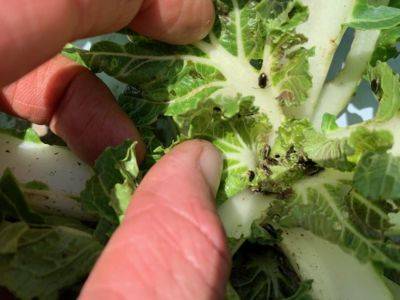
SC Fruit and Vegetable Field Report – May 31, 2022
Zack Snipes reports, “It seems like everything is coming in from the fields right now. We got some rain but could really use some more. I am seeing lots of aphids on a variety of crops (melons, cukes, eggplant). I am also seeing ladybird beetles and parasitized aphids in these fields, which means our predators are out there working for us. Bacterial wilt and Southern blight are starting to appear on tomatoes as well. Knowing the difference and preparing for next season’s crop is critical. It is getting hot and is still windy, so growers might consider adding one or more irrigation cycles to their fields. Remember that in our sandy soils, any irrigation event over an hour is just wasting water. More frequent 30-45 minute cycles are more efficient.”
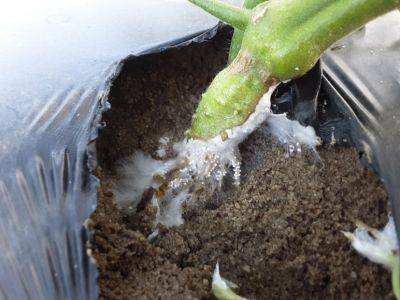
SC Fruit and Vegetable Field Report – June 6, 2022
Rob Last reports, “Insect and disease activity is increasing in the area, across a broad range of crops. In cucurbits, we are seeing powdery mildew and gummy stem blight in watermelon. Remember to keep spray intervals tight. Loopers are also being found in the area, and applications to manage rind worms will be beneficial as we rapidly approach harvest. Fusarium wilt of watermelons is showing up in many fields. At this stage, there is no effective treatment; however, soil temperatures are likely to reduce the incidence of new infections. Tomatoes and peppers are developing well with Southern blight and bacterial wilt in evidence. Spider mites are very active right now. Blackberries are just coming to harvest with good flavor and quality. Remember to scout your crops regularly to ensure timely applications can be made.”

SC Fruit and Vegetable Field Report – May 23, 2022
Rob Last reports, “As we see temperatures increase, strawberry flowering is reducing. Plants are still heavy with fruit, so managing diseases such as anthracnose and botrytis through fungicides and sanitation are key. Pests and diseases in cucurbits are currently low. With watermelon and cantaloupes, a gap in fungicide protection of 7 days can lead to disease. Given the increased chances of rainfall, we are increasing protection against gummy stem blight. Cucurbit downy mildew is active in South Georgia, so any cucumber growers should be prepared to apply fungicides. Some additional rainfall in the area would be most welcome.”
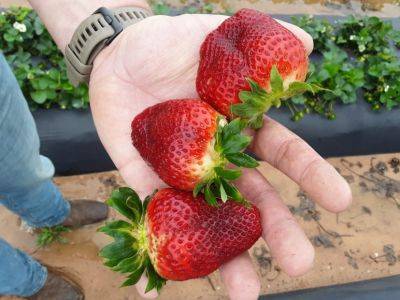
SC Fruit and Vegetable Field Report March 28, 2022
Rob Last reports, “The first of this season’s strawberries are coming to market with good quality. Growers still need to be very mindful of spider mites. Populations are around in the area but are variable. As we get into harvest season, gray mold management will be critical, so sanitation and appropriate fungicide applications will be needed. Otherwise, preparations for watermelon planting and some early cantaloupes have been sown. Damage assessments on later variety peaches will continue.”
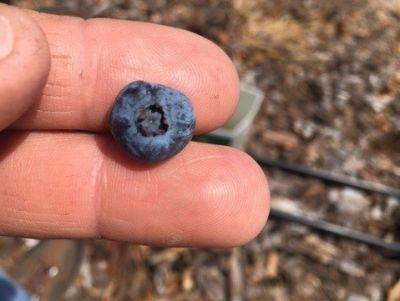
SC Fruit and Vegetable Field Report – May 02, 2022
Zack Snipes reports, “It seems like everything happened all of a sudden this week. We are flushed with strawberries right now. I am seeing some anthracnose on berries and lots of spider mites. We only have a few weeks left in the season so take care of your crop to improve your bottom line. The tomato crop looks ok and, for the most part, disease-free. I saw a good number of issues on all types of squash this week. I received calls about yellowing and wilting squash. Upon further examination, we had a serious squash bug issue. They feed on the base of the plant and will make very healthy plants wilt. They are very good at hiding under the stems, in debris, or under the plastic, so stay still in one spot for a few minutes when scouting for them. I also found some powdery mildew on our squash.”
